Senators seek funding boost for NASA and NSF astrophysics programs
Original Publication Date: 2023-01-07 00:50
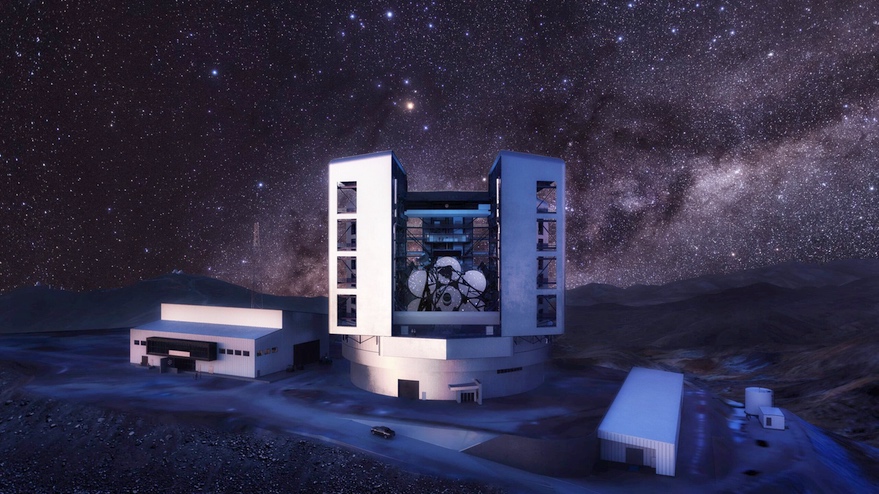
Five senators ask White House to add at least $300 million in next budget proposal for NASA, NSF. Senators: Funding is needed to implement recommendations of astrophysics decadal survey. Report recommended NASA pursue a technology maturation program for a series of flagship space telescope missions. Senators: Additional funding will help keep the United States the "global leader" In astronomy.
Delta throws down the gauntlet with free Wi-Fi plan
Original Publication Date: 2023-01-06 21:28

Delta CEO: Wi-Fi enabled by Viasat will be available for about 80% of domestic routes. The plan includes offering free Wi-Fi on more than 700 Viasat-equipped aircraft by the end of 2023. Viasat’s growing dominance of the IFC market is an area of concern.
NASA faces budget crunch for extended Earth science missions
Original Publication Date: 2023-01-06 13:04
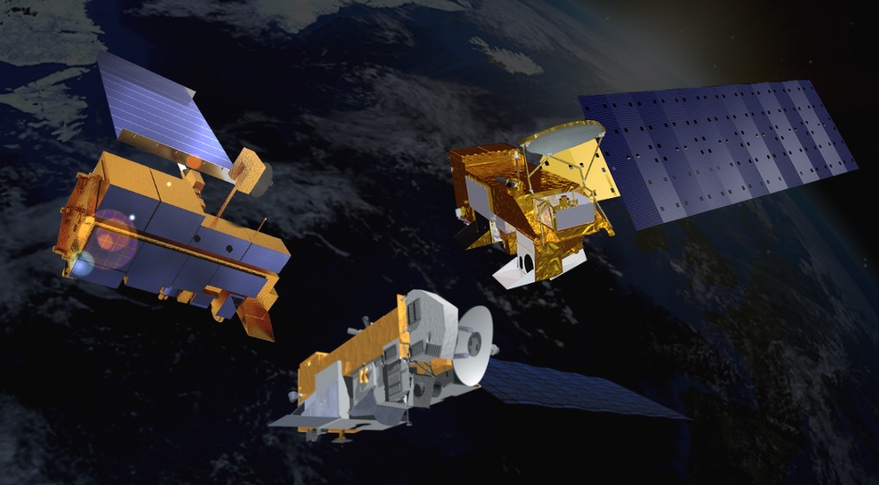
NASA will allow three aging Earth science missions to participate in an upcoming senior review. The agency warns of budget pressures on its overall portfolio of missions. NASA requested more than $2.4 billion for Earth science in its fiscal year 2023 budget proposal. The omnibus spending bill enacted in late December provided just under $2.2 billion.
Independent review warns of cost growth on key Earth science mission
Original Publication Date: 2023-01-06 11:53
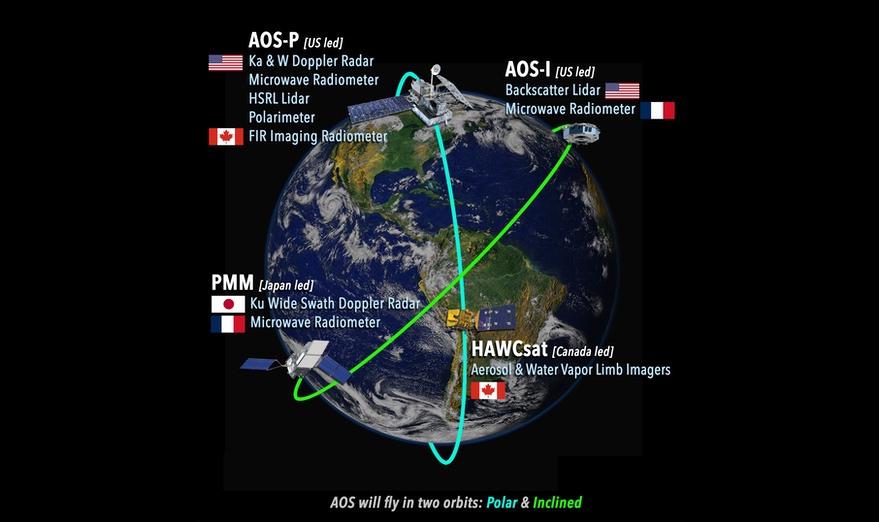
NASA in process of conducting reviews of Earth System Observatory line of missions. AOS will include satellites both in polar and mid-inclination orbits. Independent review found mission would cost $2.4 billion, $500 million more than project's estimate. AOS will handle aerosols and clouds, convection and precipitation.
NASASpaceFlight.com
India launches a new ocean monitoring satellite on Saturday morning. The EOS-06 spacecraft was delivered into a low Earth orbit. The mission, PSLV C54, lifted off from the Satish Dhawan Space Centre at 11:56 local time (06:26 UTC)
Commercial Archives
SpaceX launches Transporter-6 rideshare mission from Cape Canaveral Space Force Station (CCSFS) Falcon 9’s first stage returned to land at Landing Zone-1 at CCSFS approximately eight and a half minutes after launch. Weather forecast from the 45th Weather Squadron showed a 90% chance of acceptable weather on Tuesday.
International Archives
China has completed its most successful spaceflight year yet. Another Gaofen-11 launched from Taiyuan on a Chang Zheng 4B on Dec. 27 at 07:37 UTC, before the year was closed with the Shiyan 10-02 payload aboard a Chang Zheng 3B. Remote sensing satellites were a common sight on Chinese rockets in 2022.
News – Spaceflight101

Europe’s Copernicus satellite fleet is gearing up for the arrival of its next addition on Wednesday. A Russian Rockot booster set to blast off from the Plesetsk Cosmodrome at 17:57 UTC with the Sentinel-3B multi-function satellite.
ISS Updates – Spaceflight101 – International Space Station

A veteran NASA spacewalker and an EVA rookie from Japan ended their week with nearly six hours of work outside the International Space Station. The restoration of the Station’s Mobile Servicing System started last year and continued in January to provide Canadarm2 with a new pair of grappling hands.
Featured – Spaceflight101

SpaceX Falcon 9 lifts off from Cape Canaveral on first of at least six cargo ships bound for ISS this year. The Dragon spacecraft will deliver science gear, supplies and maintenance hardware to the orbiting laboratory. The cargo ship is the first of at least 6 cargo ships inbound to the ISS this year.
Re-Entry: Long March 11 Rocket Body – Spaceflight101

The CZ-11 fourth stage used leftover propellant for a partial de-orbit maneuver. It lowered its perigee to 120 Kilometers to significantly accelerate its orbital decay. It is reportedly built around a YF-50 main engine and conducts the orbital circularization after the three CZ-11 stages finish their job.
Watch the Latest Water Satellite Unfold Itself in Space

The Surface Water and Ocean Topography (SWOT) satellite launched into Earth orbit on Friday, Dec. 16. The solar arrays fully deployed shortly after launch, taking about 10 minutes. The mission monitors and controls the satellite using telemetry data, but it also equipped spacecraft with four customized commercial cameras to record the action.
Construction Begins on NASA’s Next-Generation Asteroid Hunter

NASA’s Near-Earth Object Surveyor (NEO Surveyor) recently passed a rigorous technical and programmatic review. Now the mission is transitioning into the final design-and-fabrication phase. The mission supports the objectives of NASA’s Planetary Defense Coordination Office (PDCO) at NASA Headquarters in Washington.
Moon Water Imager Integrated With NASA’s Lunar Trailblazer
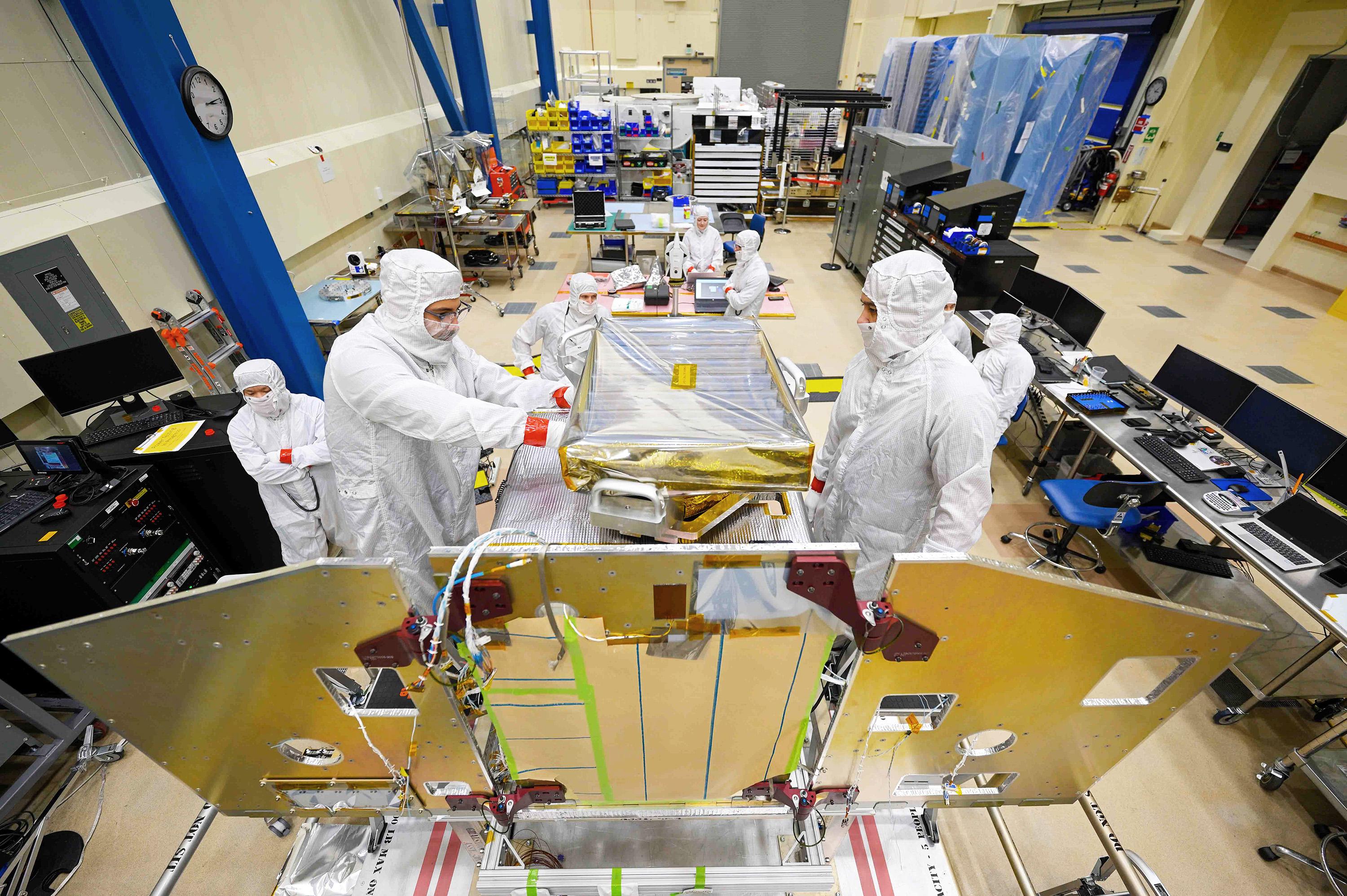
Lunar Trailblazer, NASA’s mission to understand lunar water and the Moon’s water cycle led by Caltech in Pasadena, California, is one step closer to launching next year. Earlier this month, the agency’s Jet Propulsion Laboratory in Southern California delivered a key science instrument to Lockheed Martin Space in Colorado.
NASA Explores a Winter Wonderland on Mars
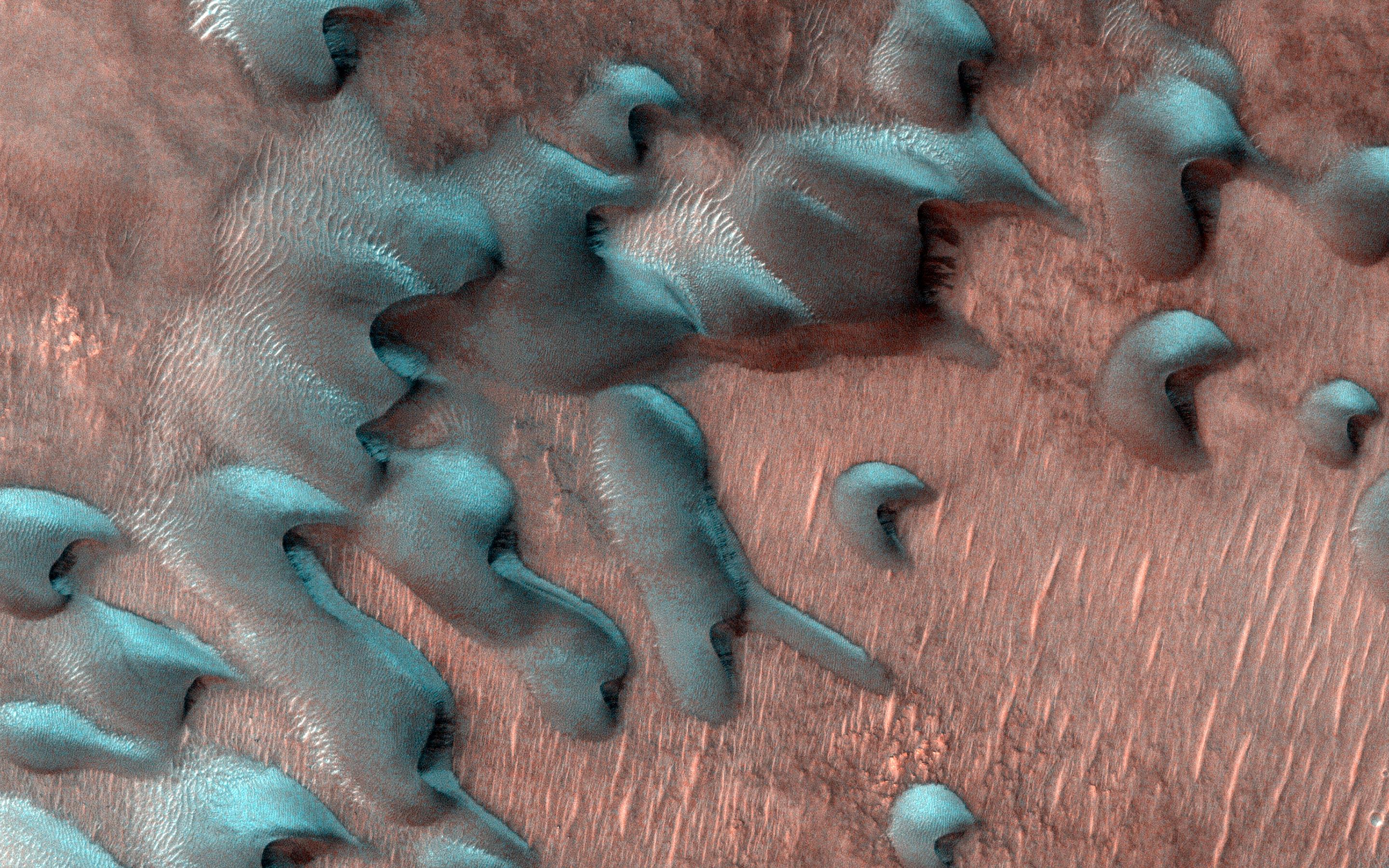
Winter on Mars lasts for many months. The Red Planet's elliptical orbit means it takes many more months for winter to come around. No region of Mars gets more than a few feet of snow, most of which falls over extremely flat areas. A single Mars year is around two Earth years.
Juno Spacecraft Recovering Memory After 47th Flyby of Jupiter

NASA’s Juno spacecraft completed its 47th close pass of Jupiter on Dec. 14. Afterward, as the solar-powered orbiter was sending its science data to mission controllers from its onboard computer, the downlink was disrupted. The issue was most likely caused by a radiation spike as Juno flew through a radiation-intensive portion of Jupiter’s magnetosphere.
NASA Retires InSight Mars Lander Mission After Years of Science

NASA's InSight mission has ended after more than four years of collecting unique science on Mars. Mission controllers at the agency’s Jet Propulsion Laboratory in Southern California were unable to contact the lander after two consecutive attempts. The last time InSight communicated with Earth was Dec. 15.
NASA’s Perseverance Rover Deposits First Sample on Mars Surface

NASA's Perseverance Mars rover has placed a titanium tube on the Red Planet's surface. Over the next two months, the rover will deposit a total of 10 tubes at the location, called “Three Forks. The depot marks a historic early step in the Mars Sample Return campaign.
